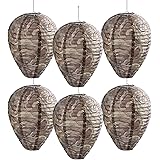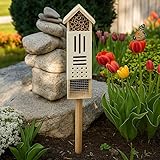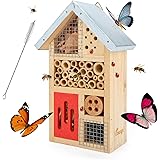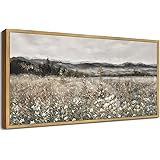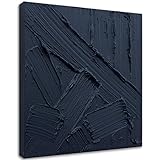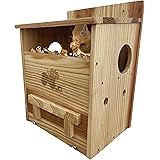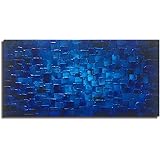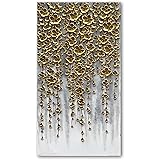If you spot a bug with red wings and black spots that looks like a ladybug, don’t be too quick to embrace it as a friendly garden helper — chances are, it’s an invasive lookalike. These non-native pests, called Asian multicolored lady beetles, have earned a bad reputation because they eat native plants and nudge their way inside homes where they overwinter. Fortunately, you can tell these bugs apart by examining their distinct features and behaviors.
Ladybugs (Coccinellidae) and Asian beetles share several physical characteristics, including their domed bodies, rounded shapes and color variations, which can blur the line between these two species for untrained eyes. This similarity makes sense, as both insects are beneficial in gardens and agricultural settings, where they control aphids and other pest populations. In addition, they tend to converge in many of the same habitats, such as forests, meadows and crop fields.
The key distinction between the two is a simple one: While common ladybugs have a consistent red coloring, Asian beetles can range from light orange to bright red and are adorned with various combinations of black spots. Some may even have no spots at all. The Spruce notes that the best way to distinguish these beetles from their more friendly cousins is by looking at the area where the bug’s head meets its body — if it has a white mark that looks like an ‘M’, it’s probably an Asian beetle.
Aside from the black spots, another important trait to note is the shape of the female’s pronotum. Ladybugs have a distinctive ‘V’-shaped marking in this area, while Asian beetles typically have an ‘M’-shaped mark that can be easily spotted on newer specimens. Older Asian beetles may appear dull-colored and faded, but their ‘M’ mark will still be evident.
You can also look for the beetle’s antennae to determine if it’s a true ladybug or an Asian beetle. Ladybugs have small antennae near their eyes that enable them to smell, taste and feel their way around. On the other hand, Asian beetles have larger antennae, which they use to identify and communicate with fellow beetles in their groups. Both types of beetles are known to bite when threatened, but whereas the native beetle’s bites don’t cause any long-lasting damage, Asian beetles can secrete an odorous yellow liquid that will stain fabrics and walls. When spotting beetles in the house, never squish them, as they’ll likely release this stinky liquid; instead, vacuum the bugs and empty the bag right away so the critters can’t crawl out. If you want to kill the beetles, consider spraying them with neem oil, which works as a natural insecticide. Neem oil can be purchased online or at many garden centers and home improvement stores. You can also buy neem oil in concentrate form, which you can mix with water to create a homemade insecticide that will kill both the adult beetles and their larvae, as well as other insects and weeds.
